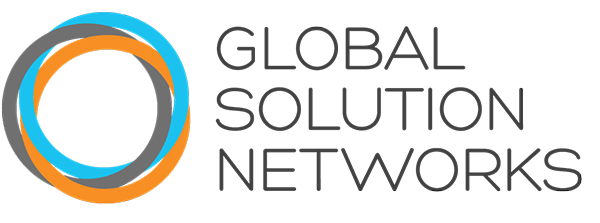Blockchain could well be the tool for fighting global poverty in the way that vaccines fight disease, especially in developing economies. Blockchain, and its various iterations, provides an opportunity to lift billions of people that lack access to even the most fundamental financial services into the global economy.
People who can’t join their local economy may not have the right kind of identification, they may live too far away from a financial institution, or they may not be able to afford minimum balances or have credit for seed money. The result is the same; increased financial vulnerability and economic isolation. The unbanked poor can’t launch businesses, because funding is available, or charged at exploitative interest rates, which eliminates the possibility for growth.
Today at least two billion adults are “unbanked,” most in the developed or developing world (21% in India, 12% in China) over half (55%) of them women. That may not seem surprising, but in the United States, the FDIC (Federal Deposit Insurance Corporation) estimates that 10 million American households are un- or underbanked. Blockchain could change the potential for the global poor in both the developed and the undeveloped world.
In Southeast Asia, only 36% of adults have access to financial services but people are able to transfer money without the need for a financial intermediary using mobile money systems, and they aren’t all compatible. These ad hoc solutions make it obvious that there’s a need for a 21st century solution.
Blockchain could overcome the current limitations of the financial services industry almost overnight. It doesn’t need a physical branch presence for example, the Stellar network – an open source blockchain which facilitates cross-asset transfers of value – has already opened up free money transfers to many parts of the developing world, including the Philippines, India and Africa.
Micro-finance, offering loans and insurance to start-ups that don’t have access to banks and investors, has been the only solution for much of this market. The microfinance industry is estimated to be worth over US$60 billion, with 200 million clients worldwide. But there are still underdeveloped regions where people don’t have access to any financial services, including microfinance.
Blockchain offers an improved mechanism for microfinance execution. An account holder’s transactions are stored in the ledger, and the need for a bank intermediary is removed. Companies such as the Singapore-based remittance platform Everex, are already using blockchain to create micro-finance opportunities in emerging economies. A crypto cash system allows, borrowers to take and pay loans in any currency and without a bank intermediary.
This is a pivotal moment for development and innovation and the potential to solve the problem of poverty around the world.


